Using lighting controls helps you save money by reducing your energy usage. The controls can automatically turn lights off in unoccupied rooms or lower brightness levels.
Some of the common lighting controls found in businesses are,
- Timers
- Dimmers
- Occupancy and motion sensors
- Photosensors
While all of these types of lighting controls give you noticeable energy savings, it’s a good idea to have a basic understanding of the various terms used in exterior and indoor lighting. It will make it easier to choose the right lighting controls for your applications.
Light Dimmers
Using dimmers to control your lighting is an inexpensive way to reduce your energy usage. The controls can even help extend the life of some lamps. Unfortunately, the same is not true for incandescent bulbs. Using dimmers with incandescent lights doesn’t provide energy savings. The controls only reduce brightness (lumens output), making the bulb less energy efficient. However, using the lighting controls with other types of bulbs, like LEDs, reduces both lumens output and wattage.
Using Light Dimmers with LEDs
Most light-emitting diodes (LED) are compatible with dimmers, but it’s always a good idea to check the packaging. Labels on the packaging will indicate if the bulbs work with dimmers.
Using Light Dimmers with CFLs
CFL bulbs are usually not compatible with dimmers. The lights become less energy efficient. Others may require specialized ballasts before you can install a dimmer. Something to remember if you are using dimmers with your CFLs is the bulbs’ shortened lifespan. You will be replacing the bulbs more frequently, adding to the overall cost.
The Different Types of Motion Sensors
Motion sensors turn lights on when movement is detected and off when the space is unoccupied. These lighting controls are useful for utility lighting applications and outdoor security. Since the lights are only on when necessary, you reduce usage, boosting your energy savings.
Here’s a look at the different types of motion sensors.
Occupancy Sensors
Occupancy sensors detect indoor motion in a specific area. The sensors turn the lights on when the room is occupied and automatically shut them off when everyone leaves. The sensors are located in areas where they can detect motion, typically by a door, for example, a motion sensor light switch.
You can use ultrasonic or infrared sensors. You may want to consider using a combination for larger spaces. Ultrasonic sensors detect sound, and infrared sensors track motion and heat. The sensors are also ideal for task lighting.
Photosensors
Photosensors reduce electrical usage, providing energy savings by turning the lights off during daylight hours.
The sensors detect ambient light conditions, making them ideal for use in outdoor lighting applications. Photosensors are typically not used indoors since the lighting is based on the individual’s needs and not on ambient lighting.
Timers
Timers turn the lights on and off at preset times, and there are two main types. Manual timers are primarily used indoors. The timers plug into electrical outlets and control fixtures like light strings and lamps.
Digital programmable timers can be used in outdoor applications but are typically combined with other types of lighting controls. Combining a programmable timer with a photosensor helps ensure the lights are only on when necessary.
Lighting Controls Can Boost Energy Savings in LED Lighting Fixtures
Timers and other lighting controls are compatible with LEDs reducing your energy usage. Before purchasing any lighting control, check the packaging to ensure it is compatible with your fixtures.
If you have questions about energy savings and lighting controls, our team of experts are here to help you reap the benefits of a quality commercial lighting control system. Reach out to us at 610-558-9773, email [email protected] or schedule a call.

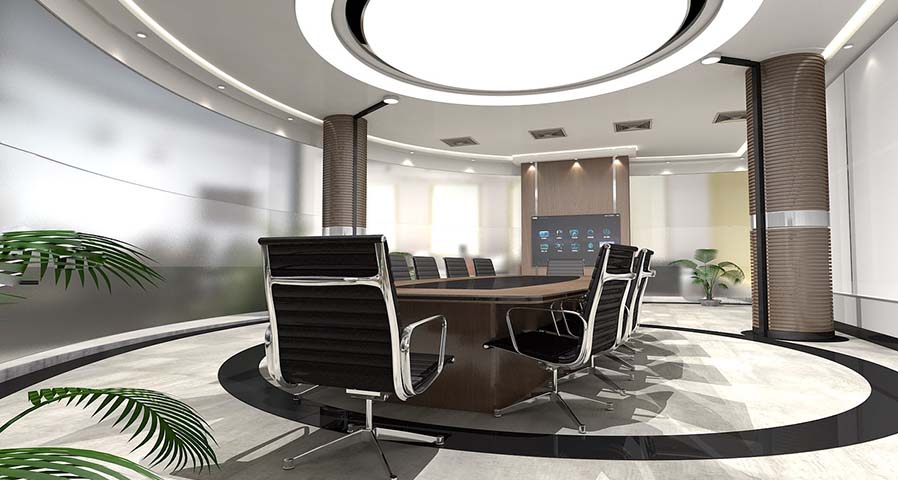
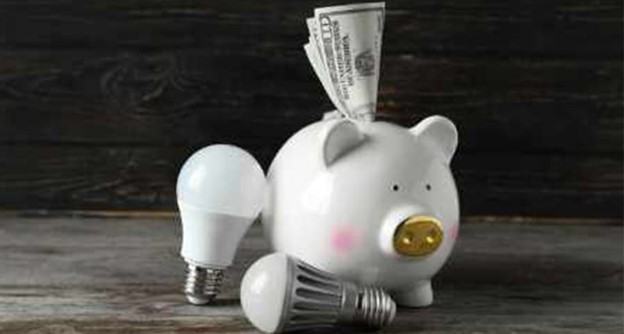
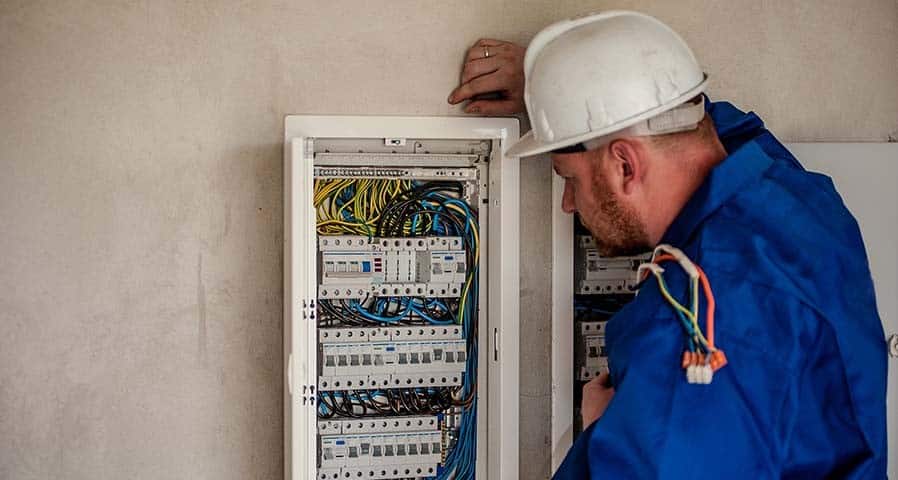
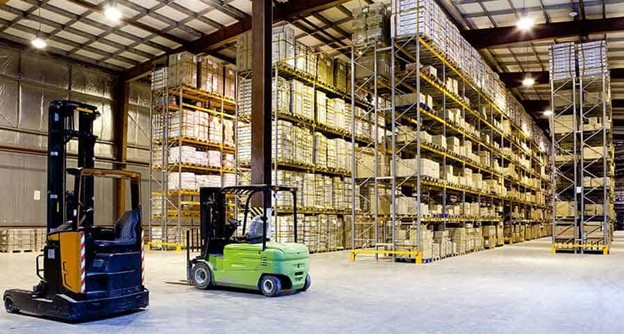
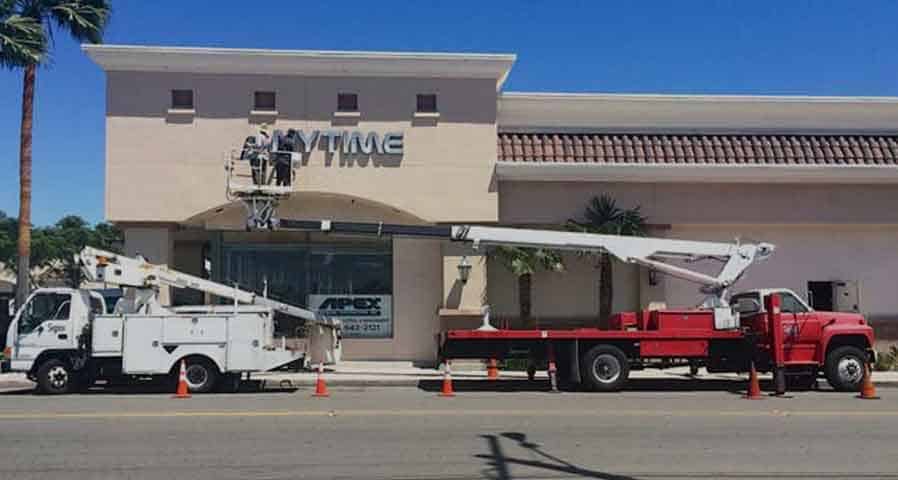

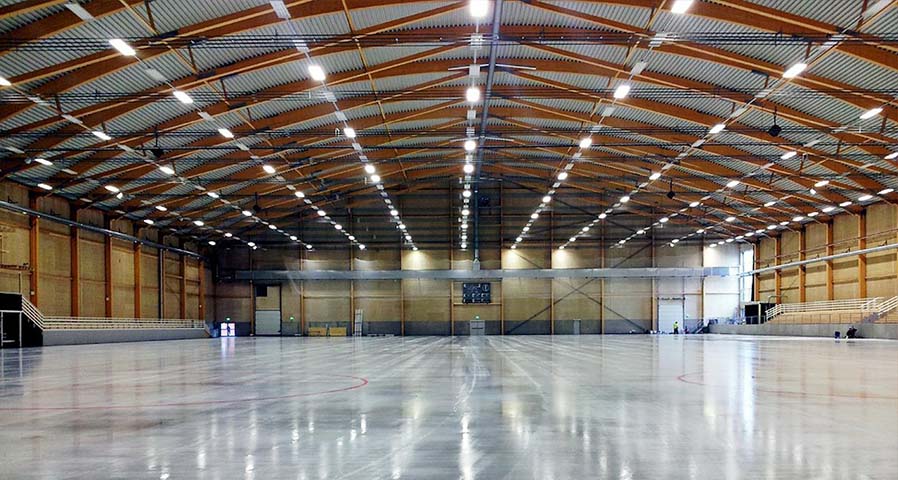








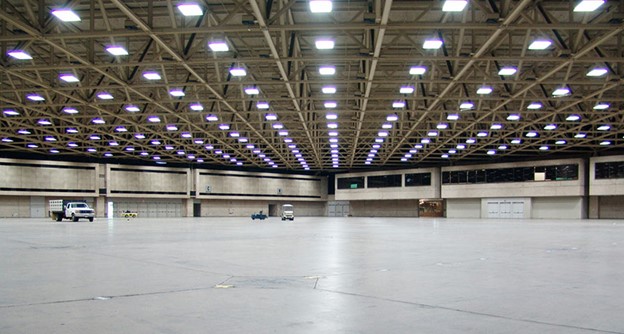
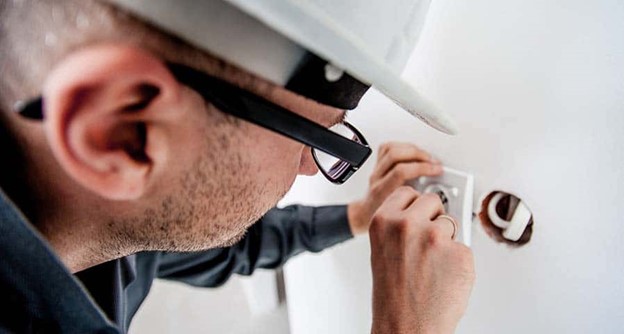

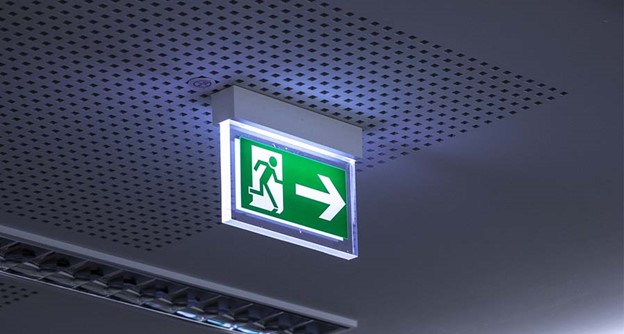
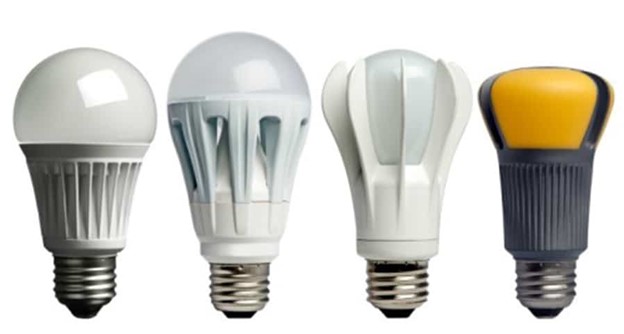
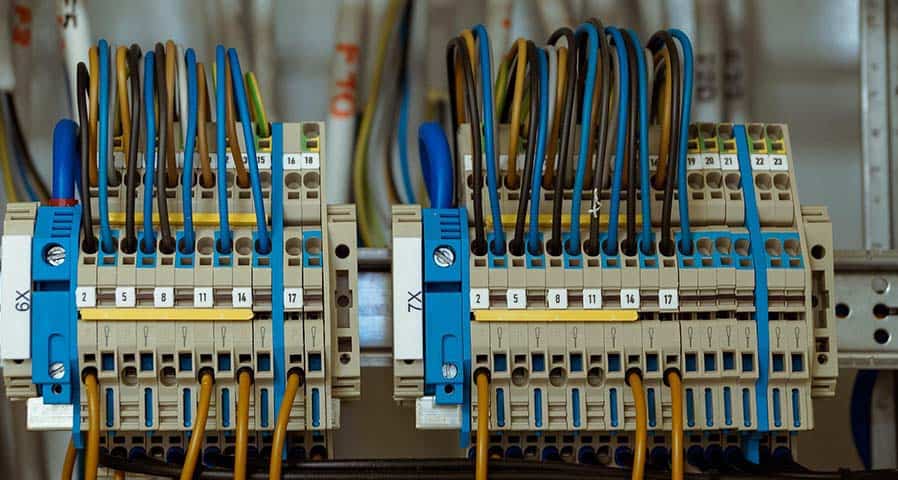
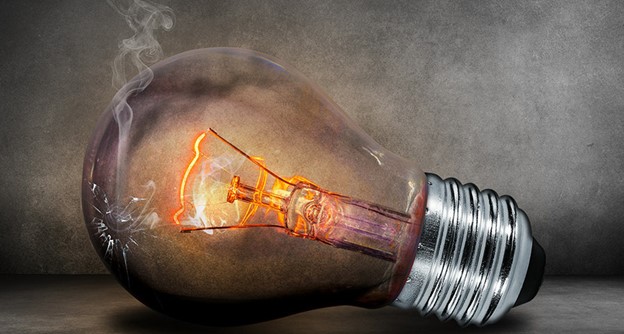


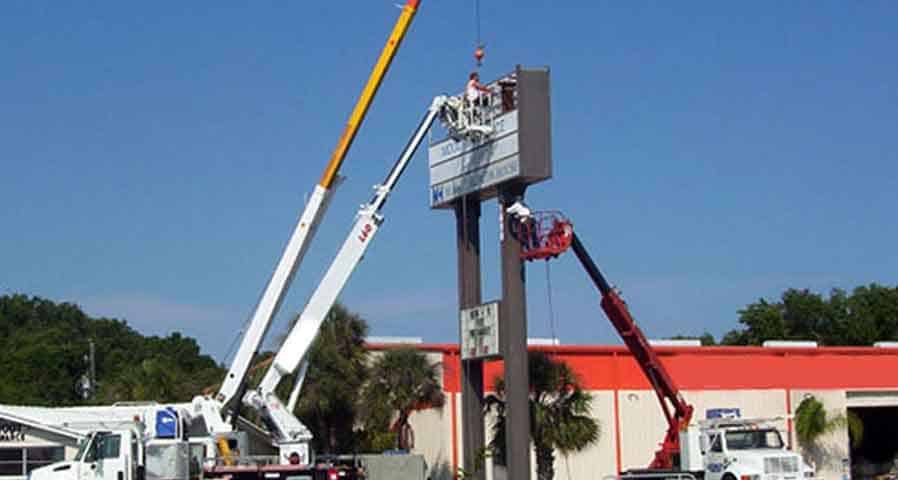

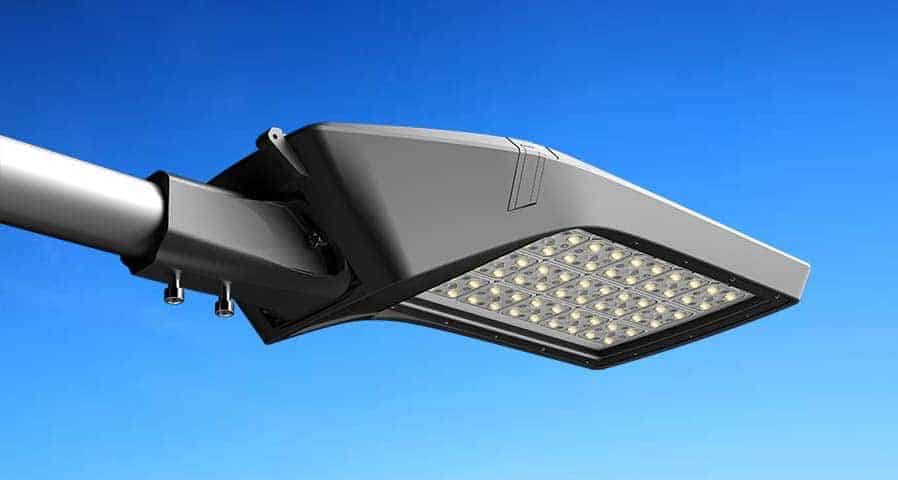
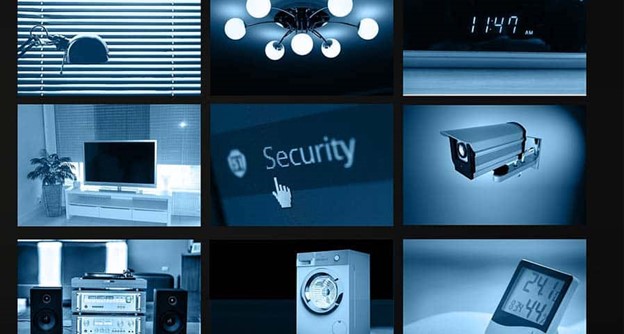

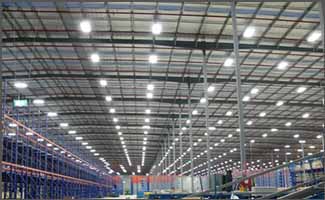








0 Comments